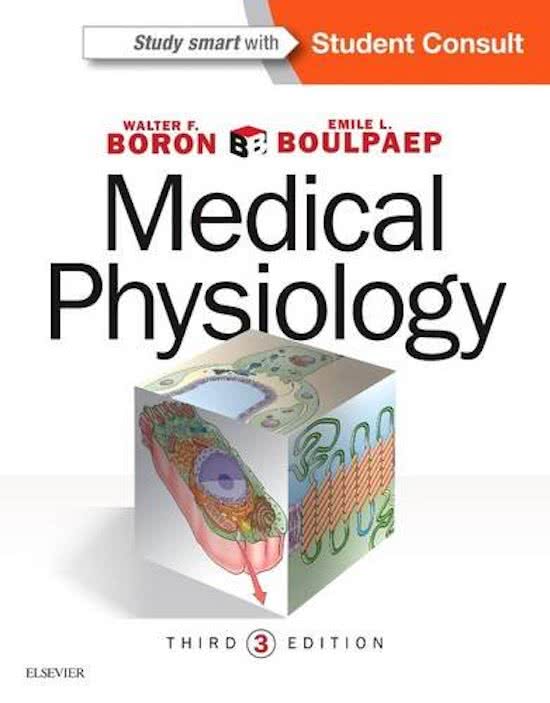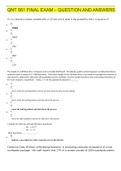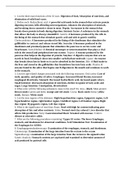Summary
The Kidney 8NC10 Summary
- Module
- Institution
- Book
Summary of the De Nier, based on the slides of the colleges. This course is (usually) given in the third year of the study of Medical Sciences and Technology, or for students with a basic course of Basic Tissue Engineering at TU / e.
[Show more]









